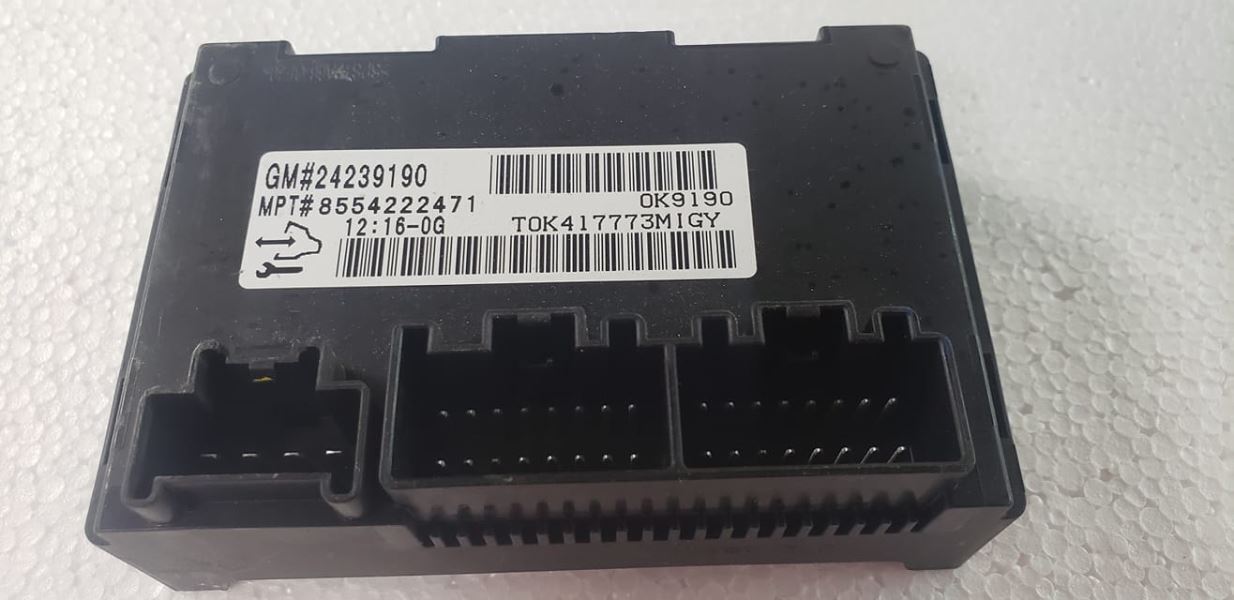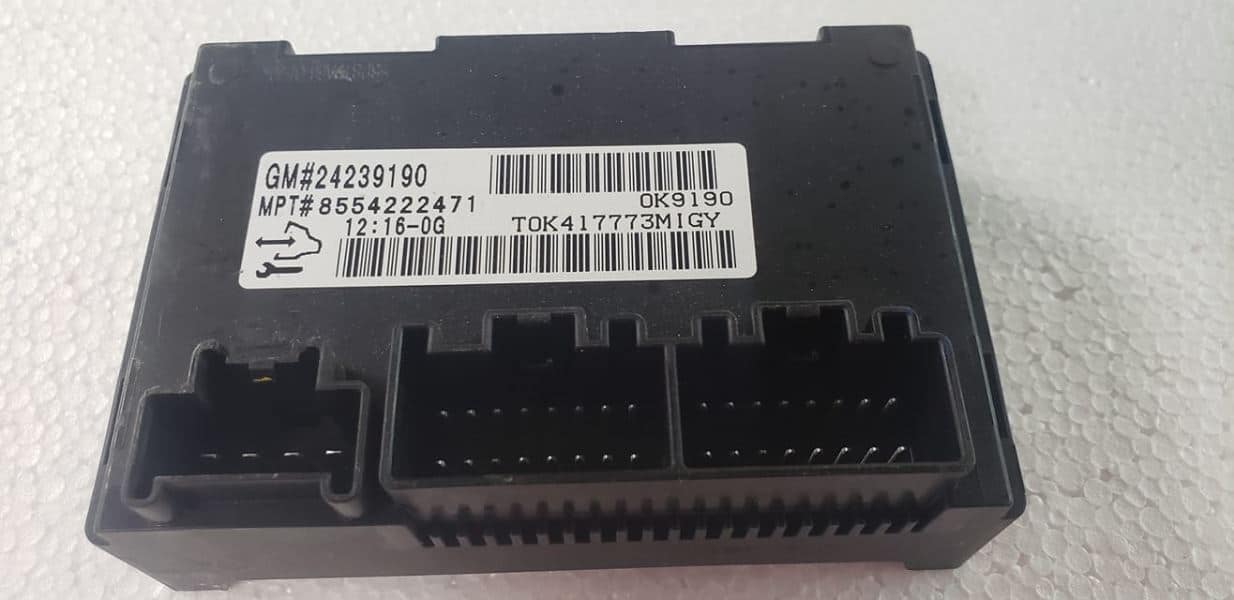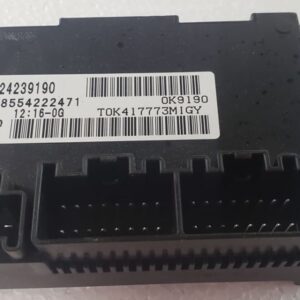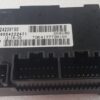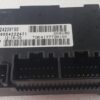Restore Your Truck’s Four-Wheel Drive with a Plug-and-Play Solution
As a technician with two decades of experience under the hood of GM trucks, I’ve seen it all. That dreaded “Service 4WD” light on the dash of a Silverado 3500 isn’t just an annoyance; it’s a sign that your truck’s core capability is compromised. Whether you’re hauling a heavy load, navigating a muddy job site, or preparing for winter weather, a non-functional 4×4 system is a significant problem. The culprit is often a failed Transfer Case Control Module (TCCM), the electronic brain that commands your 4WD system.
This isn’t just a replacement part; it’s a complete, hassle-free repair. We offer a genuine OEM-spec TCCM, part number 24242480, that arrives at your door pre-programmed to your truck’s specific Vehicle Identification Number (VIN). This crucial step eliminates the need for expensive dealership visits, specialized scan tools, or subscription-based software. You get a module that’s truly plug-and-play, saving you both time and money.
From the Diagnostic Bay
I remember a contractor who brought in his 2012 Silverado 3500 Dually. His business depended on towing a heavy equipment trailer to rural sites. His truck was stuck in 4-HI, and the driveline was binding on dry pavement, causing terrible tire wear and putting immense strain on the U-joints. The dash switch was unresponsive. He feared a costly transfer case rebuild. After a quick scan, I saw a U0102 code—Lost Communication with TCCM. The module was dead. Instead of a multi-day repair involving a tow to the dealer for programming, we installed one of these pre-programmed modules in under 30 minutes. He was back on the road, 4WD system fully operational, before his lunch break was over. That’s the value of a ready-to-install part.
The Importance of a Properly Functioning 2007-2014 Silverado 3500 TCCM
The TCCM is the nerve center of your truck’s 4×4 system. It takes the input from your dash-mounted selector switch and translates it into a precise electrical command for the transfer case encoder motor. When it fails, communication breaks down. This can be due to internal circuit board corrosion from moisture, voltage spikes, or simple component fatigue over years of service. A faulty module can leave you stranded in two-wheel drive when you need traction the most, or stuck in four-wheel drive, causing poor fuel economy and unnecessary wear on your drivetrain components.
Is Your Truck Showing These Symptoms?
If you’re experiencing any of the following, a failing TCCM is the likely cause. In my shop, these are the classic indicators I look for first when diagnosing 4WD issues on these GM trucks.
- ✔ “Service 4WD” or similar warning light is illuminated on your instrument cluster.
- ✔ Inability to shift between 2WD, 4HI, and 4LO.
- ✔ The indicator lights on the 4WD selector switch do not light up or flash without engaging.
- ✔ The truck is stuck in one gear (e.g., 4HI or 2WD).
- ✔ You hear unusual clicking or grinding noises during a shift attempt.
- ✔ Diagnostic Trouble Codes (DTCs) are present, such as C0327, C0398, or U0102.
A Straightforward Guide to Installation
One of the biggest benefits of our VIN-programmed TCCM is the simple installation. You don’t need to be a master mechanic to get your truck back in working order. Here’s a general guide:
- Safety First: Disconnect the negative terminal from your truck’s battery to prevent any electrical shorts.
- Locate the Module: On most 2007-2014 Silverado and Sierra models, the TCCM is located behind the lower dash panel on the driver’s side, to the left of the steering column. You may need to remove a plastic trim panel for access.
- Disconnect and Remove: Carefully unplug the electrical connectors from the old module. They have locking tabs that need to be depressed. Once disconnected, unbolt the module from its mounting bracket.
- Install the New Module: Bolt the new, pre-programmed TCCM into place. Securely plug in the electrical connectors until you hear them click.
- Final Steps: Re-install any trim panels you removed and reconnect the negative battery terminal. Start the truck and test the 4WD selector switch to confirm proper operation.
Verified Vehicle Compatibility
This module is a direct-fit replacement for a wide range of GM trucks and SUVs, ensuring broad compatibility. Please verify your vehicle is on the list below. This part replaces several older part numbers, including: 24261367, 12588096, 24239190, 24240487, 24241143, 24241970, 24243084, 24243085, 24249095, and 24252878.
- AVALANCHE 1500: 2008-2013
- SIERRA 1500 PICKUP: 2007 (New Body Style, NQH), 2008-2013
- SIERRA 2500 PICKUP: 2007 (New Body Style, NQF), 2008-2014
- SIERRA 3500 PICKUP: 2007 (New Body Style), 2008-2014
- SIERRA DENALI: 2007-2010
- SIERRA DENALI 2500/3500: 2011-2014
- SILVERADO 1500 PICKUP: 2007 (New Body Style, NQH), 2008-2013
- SILVERADO 2500 PICKUP: 2007 (New Body Style, NQF), 2008-2014
- SILVERADO 3500 PICKUP: 2007 (New Body Style), 2008-2014
- SUBURBAN 1500/2500: 2008-2014 / 2008-2013
- TAHOE: 2008-2014
- YUKON & YUKON XL 1500: 2007 (Denali), 2008-2014
- YUKON XL 2500: 2008-2013
Do I need to do any programming myself?
Do I need to do any programming myself?
No. This is the key benefit of our service. You provide us with your vehicle’s VIN during checkout, and we handle all the programming with the latest GM software before it ships. It will arrive ready for installation.
Is this a difficult part for a DIYer to install?
Not at all. For most owners with basic hand tools, this is a very straightforward job that can be completed in under an hour. The module is typically located in an accessible spot under the driver’s side dashboard.
What happens if I don’t replace a failing 2007-2014 Silverado 3500 TCCM?
Ignoring a bad TCCM means you won’t have reliable four-wheel drive. You could also cause further damage if the system is stuck partially engaged or attempts to shift at the wrong time, potentially harming the transfer case itself.
How do I provide my VIN?
After you complete your purchase, you will need to send us a message with your 17-digit VIN. We cannot program and ship your module without it. Your VIN can be found on your driver’s side door jamb sticker or on the dashboard viewable through the windshield.
